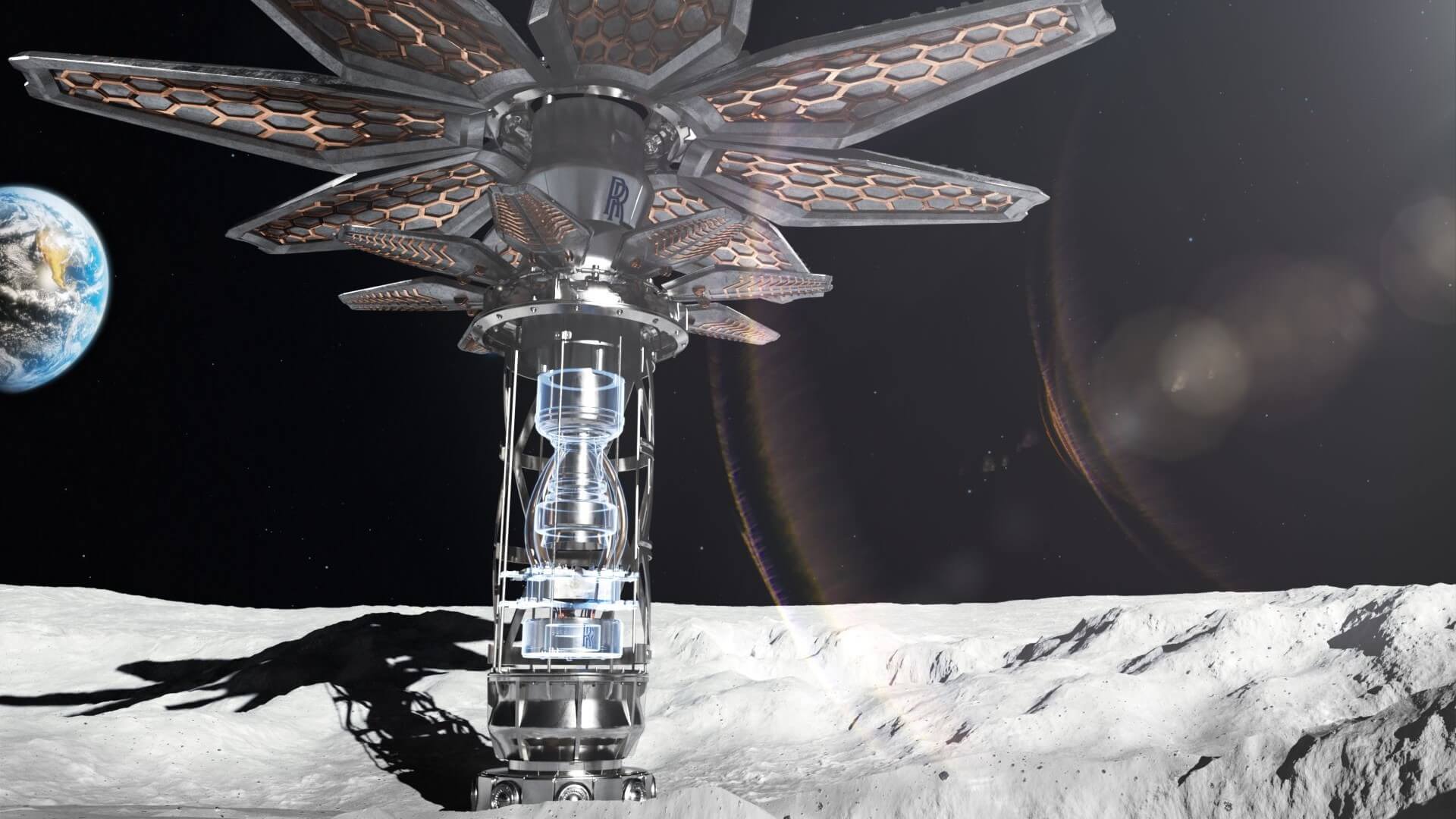UPDATED 1 Sept: The EI library in London is temporarily closed to the public, as a precautionary measure in light of the ongoing COVID-19 situation. The Knowledge Service will still be answering email queries via email , or via live chats during working hours (09:15-17:00 GMT). Our e-library is always open for members here: eLibrary , for full-text access to over 200 e-books and millions of articles. Thank you for your patience.
New Energy World™
New Energy World™ embraces the whole energy industry as it connects and converges to address the decarbonisation challenge. It covers progress being made across the industry, from the dynamics under way to reduce emissions in oil and gas, through improvements to the efficiency of energy conversion and use, to cutting-edge initiatives in renewable and low-carbon technologies.
Nuclear power reaches for the moon
29/3/2023
News
The UK Space Agency is to fund research by Rolls-Royce into how nuclear power could be used to support a future moon base for astronauts.
The UK Space Agency has announced £2.9mn of new funding for Rolls-Royce’s micro-reactor project as an initial demonstration of a UK lunar modular nuclear reactor that could provide the power needed for humans to live and work on the Moon. The award follows a £249,000 study funded by the UK Space Agency in 2022.
All space missions depend on a power source to support systems for communications, life-support and science experiments. Nuclear power is believed to have the potential to dramatically increase the duration of future lunar missions and their scientific value.
Relatively small and lightweight compared to other power systems, a nuclear micro-reactor could enable continuous power regardless of location, available sunlight, and other environmental conditions.
Rolls-Royce will be working alongside a variety of collaborators including the University of Oxford, University of Bangor, University of Brighton, University of Sheffield’s Advanced Manufacturing Research Centre (AMRC) and Nuclear AMRC. The funding means Rolls-Royce can further strengthen its knowledge of these complex systems, with a focus on three key features of the micro-reactor – the fuel used to generate heat, the method of heat transfer and technology to convert that heat into electricity.
The potential applications of micro-reactor technology are wide-ranging and could support commercial and defence use cases in addition to those in space, explains Rolls-Royce. The aim is to create a small modular nuclear-based power and propulsion capability for multiple markets and operator needs, alongside a clean, green and long-term power source.
Rolls-Royce plans to have a micro-reactor ready to send to the moon by 2029.

Relatively small and lightweight compared to other power systems, a nuclear micro-reactor could enable continuous power regardless of location, available sunlight, and other environmental conditions
Rolls-Royce
The partnership with Rolls-Royce comes after the UK Space Agency recently announced £51mn of funding available for UK companies to develop communication and navigation services for missions to the moon, as part of the European Space Agency’s Moonlight programme, which aims to launch a constellation of satellites into orbit around the moon. This will allow future astronauts, rovers, science experiments and other equipment to communicate, share large amounts of data including high-definition video, and navigate safely across the lunar surface.
Click here, and scroll down, to watch a video about Rolls-Royce’s micro-reactor concept.
